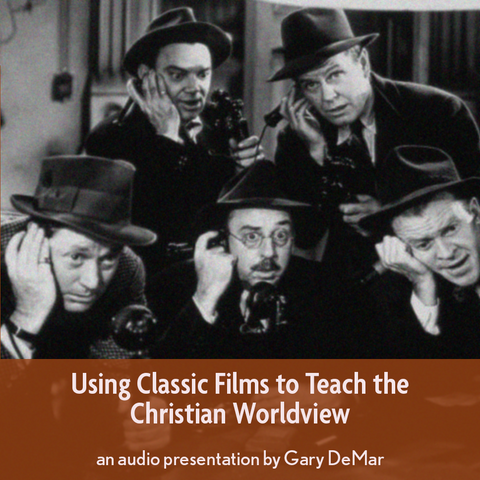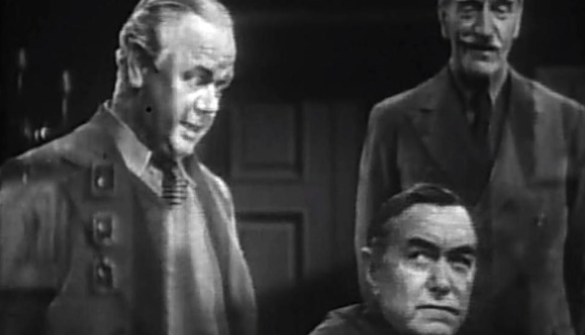Gary is interviewed by Rick Welch of The Burros of Berea podcast about old Christmas movies.
Most evangelicals tend to think in “words.” This is certainly understandable because of the Protestant focus on the Bible as the sole authority (sola Scriptura) and the Lutheran concept of the “priesthood of all believers.” When this is applied to storytelling and film, this primary focus on word over image ends up killing the spirit of the message in favor of trying too hard to make sure the message is clearly heard. Dr. Thom Parham puts it this way:
Film excels at metaphor—forging a connection between dissimilar objects or themes. It doesn’t fare as well with text messaging. Show, don’t tell, is the rule of cinema. Christians, however, can’t seem to resist the prospect of using film as a high-tech flannel board. The result is more akin to propaganda than art, and propaganda has a nasty habit of hardening hearts.[1]
In other words, when Christians think about story and movies they invariably look for ways to present the Gospel in clear and uncertain ways. For them, the end determines the means and the finished product usually suffers as a result, coming across as lifeless and artificial. Two Christmas tales transcend this trap of overt evangelism and manage to tell a Gospel story without having to resort to “God loves you and has a wonderful plan for your life” as the conclusion.
Christians should be able to tell the best stories because we have seen both sides of the “great chasm” (Luke 16:26). We understand the depth of the depravity of the human heart because we have a reference point; someone who has never been clean has no idea how dirty they really are. Although Beyond Christmas and It’s a Wonderful Life were never intended to be Christian parables, they endure because their writers understood something about the reality of living in a fallen world. Whether or not they understood the Gospel, they certainly understood that something is broken and in need of redemption…

Using Classic Films to Teach the Christian Worldview
In this talk, Gary DeMar makes the point that classic movies are excellent teaching tools for a Christian worldview—for children and adults. Classic movies are often heavily dialogue-based, which provides a necessary counterpoint to the visually stimulating and soundbite-driven modern method of moviemaking. Real life is about real conversations, and classic movies provide a great virtual training ground for thinking and living in the real world of ideas and consequences. Also includes illustrated PDF ebook that helps to reinforce and explain the concepts discussed in the lecture, as well as Gary's 89-page movie recommendation list.
Buy NowGary is interviewed by Rick Welch of The Burros of Berea podcast about old Christmas movies. Gary gives a lot of background information about the two films discussed in this first part (Beyond Christmas and It’s a Wonderful Life). These older films can often be dismissed as “out of touch,” but Gary shows that this is far from the truth. They are great lessons about both life and history (among other topics).
Click here for today’s episode
Click here for Part Two of this interview
Click here for Dr. Gary North’s article about the economics of It’s a Wonderful Life
[1] Thom Parham, “Why Do Heathens Make the Best Christian Films?” essay found in: Spencer Lewerenz and Barbara Nicolosi (editors), Behind the Screen: Hollywood Insiders on Faith, Film, and Culture (Grand Rapids, MI: Baker Books, 2005), 57.

